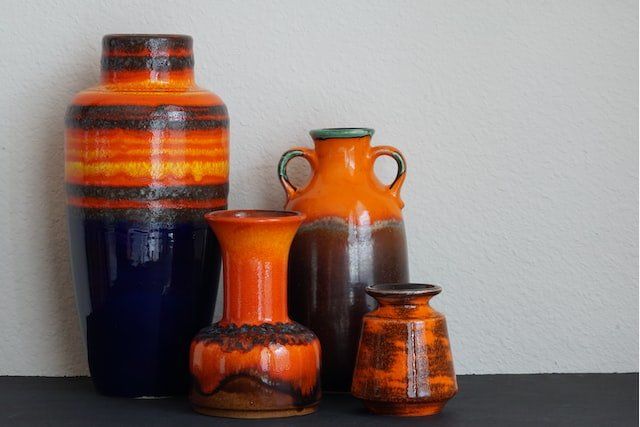Grave Liners vs. Burial Vaults
Grave liners and burial vaults are containers to hold buried remains. These containers are used to control conditions above and beneath the ground. Read on.

Funeral experts believe that it is better to protect bodies underground. They suggest the use of outer coverings for both cremation ashes and bodies. If you want to learn more after the following basics on outer covers and containers, you can contact experts from funeral homes in Van Nuys, CA.
You have two choices for extra coverings on bodies: grave liners and burial vaults.
What Are Grave Liners?
A grave liner is a concrete material used to cover a coffin or an urn. It prevents the container from touching the ground and the earth from falling on the container. There are spaces for water flow at the bottom of a grave liner. Though mostly concrete, grave liners can be made of other materials such as metal (steel) or plastic.
What Are Burial Vaults?
Burial vaults, like grave liners, are concrete encasements for funeral burials. A burial vault contains an inner layer of plastic that is sealed before the body is buried. It does not allow anything to go in or out after it has been locked. Burial vaults can be made of other materials as well. However, the material must have an inner lining for its sealing.
Benefits of Using Burial Vaults and Grave Liners
- Pressure. - Machines operate on cemetery grounds when graves are being opened or closed, and people frequent cemeteries for visitations and funerals. The consistent pressure on cemetery grounds will affect urns and caskets if they are not protected. Pressure resistance also helps to position headstones on graves.
- Regulation.- You can preserve the conditions of a buried item in a concrete box. The body will slowly decompose without interference.
- Natural Disasters - Heavy floods can unearth buried items. Unearthing bodies is unideal because corpses can transfer disease and damaging graves dishonors the dead.
- Durability. - Containers like urns and coffins also decay after extended periods underground. At this point, the remains will be defenseless and surrounded by earth. You can rely on outer containers to last way longer.
Differences Between Burial Vaults and Grave Liners
- A burial vault is lined with plastic materials, while grave liners are entirely made of concrete.
- You seal burial vaults after placing the body, whereas grave liners have no seals.
- Some grave liner designs do not have a bottom covering. The casket and the grave liner both rest on the soil.
- A burial vault is more expensive than a grave liner. It is more costly because of its production and function.
- Grave liners will not rise due to pressure from the rising water table. Unlike burial vaults, a grave liner allows the flow of water.
- Coffin decay is faster in grave lines because it allows airflow.
You are not legally required to use an outer burial container, but cemeteries often require them, especially for urns. Urns are exceptional cases because the earth surrounding the urn would not settle appropriately with the shape of the urn, cashing a shift in the placement of the headstone. When someone you care about experiences a loss, it's natural to want to show support. It is a kind and natural response to a time of grief to express sympathy.
Do you need more information on outer containers? Reach out to funeral homes in Van Nuys, CA.











